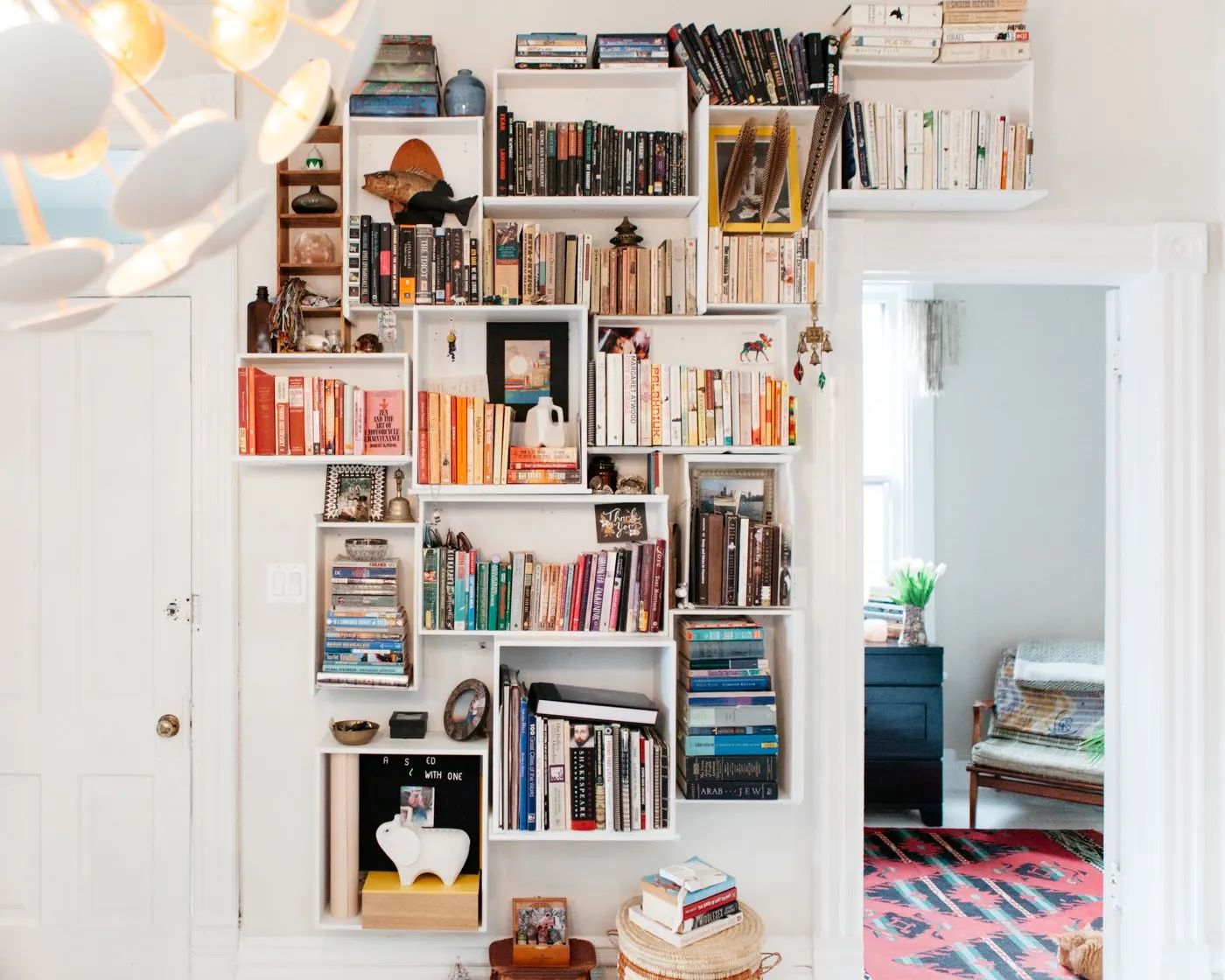

Articles
How To Store Books In A Small Space
Modified: January 5, 2024
Learn creative ways to store your book collection in small spaces with these helpful articles. Find practical tips and ideas for maximizing your book storage.
(Many of the links in this article redirect to a specific reviewed product. Your purchase of these products through affiliate links helps to generate commission for Storables.com, at no extra cost. Learn more)
Introduction
For book lovers, having a collection of books is a source of pride and joy. However, finding the space to store those books can be a challenge, especially in small living spaces. If you’re faced with limited space but don’t want to part with your beloved books, fear not! There are plenty of strategies and storage solutions that can help you optimize your space and keep your books organized.
In this article, we will explore various techniques and creative ideas for storing books in a small space. We will discuss how to assess your book collection, sort and declutter, choose the right storage solutions, maximize both vertical and horizontal space, and organize your books for easy access. Additionally, we’ll provide tips on protecting and preserving your books so they can be enjoyed for years to come.
Whether you’re living in a tiny apartment, a cozy studio, or even a tiny house on wheels, these tips and ideas will help you create an organized and functional storage system for your books. Let’s dive in and explore the world of efficient book storage!
Key Takeaways:
- Embrace the challenge of storing books in a small space by assessing, decluttering, and utilizing creative storage solutions to create an organized and visually appealing book collection that reflects your personal style and love for books.
- Protect and preserve your beloved books by maintaining an organized system, regularly reassessing your collection, and implementing strategies to ensure easy access and longevity of your books in a small living space.
Read more: How To Store Books In Bedroom
Assessing Your Book Collection
Before diving into the process of organizing and storing your books, it’s important to assess your collection and determine what books are truly worth keeping. This step will help you declutter and make space for the books that hold sentimental or intrinsic value.
Start by taking a close look at each book and evaluating its importance to you. Ask yourself questions like:
- Have I read this book and do I plan on rereading it?
- Does this book hold sentimental value or have personal significance?
- Is this book a reference or resource that I frequently use?
- Do I envision sharing this book with others?
Be honest with yourself and be willing to let go of books that no longer serve a purpose. Consider donating or giving away books that you no longer need or have lost interest in. This will not only clear up space but also allow others to enjoy the books.
If you have a large collection, consider creating a system to organize your books by priority or importance. For example, you can have a “must-read” shelf where you keep books that you want to read in the near future, and a separate section for books that are more optional or lower priority.
Remember, the goal is to create a curated collection of books that you truly love and enjoy. It’s okay to let go of books that no longer bring you joy or serve a purpose in your life.
Sorting and Decluttering
Once you have assessed your book collection and identified the books that you want to keep, the next step is to sort and declutter. This process will help you create a more organized and streamlined collection.
Start by gathering all your books in one place. This will allow you to see the quantity and take stock of what you have. Sort the books into different categories, such as fiction, non-fiction, reference books, and so on. This will make it easier to organize and find specific books later on.
As you sort through the books, be ruthless in decluttering. Consider books that you no longer have an interest in or books that are outdated and no longer relevant. Set aside these books to donate or give away.
If you find it difficult to part with books, consider implementing the “one in, one out” rule. For every new book you acquire, let go of an old one. This will help prevent your collection from growing out of control and ensure that you’re regularly assessing the importance and value of each book.
Once you have decluttered, consider organizing your books by genre, author, or any other system that makes sense to you. This will make it easier to find specific books when you want to read them.
Take advantage of digital resources as well. If you have a large collection of reference books or novels that you don’t need physical copies of, consider investing in e-books or audiobooks. This will free up physical space while still allowing you to enjoy your favorite books.
Remember, the goal of sorting and decluttering is to create a collection of books that brings you joy and aligns with your interests and lifestyle. Don’t be afraid to let go of books that no longer serve you and embrace a more minimalist and organized approach to book storage.
Choosing the Right Storage Solutions
Once you have sorted and decluttered your book collection, it’s time to choose the right storage solutions that will maximize the available space in your small area.
Before selecting specific storage options, consider the layout and dimensions of your space. Take measurements of the areas where you plan to store your books, such as wall space, shelves, or nooks.
Here are some storage solutions to consider:
- Bookshelves: Bookshelves are a classic and versatile storage option. Look for shelves that are tall and narrow if you want to maximize vertical space. If you have limited floor space, consider floating shelves or wall-mounted bookshelves.
- Cube storage units: Cube storage units are perfect for small spaces as they offer both open and closed storage. You can use the open cubes to showcase your favorite books and use the closed cubes for storing books that you don’t need immediate access to.
- Under-bed storage: If you’re really short on space, consider investing in under-bed storage containers or bins. These can be used to store books that you don’t need often, keeping them out of sight but easily accessible when needed.
- Hanging wall pockets: Wall pockets or fabric organizers that hang on walls or doors can be a great way to store books vertically while maximizing space. This is especially useful if you have a small reading nook or a home office.
- Multi-functional furniture: Look for furniture pieces that serve dual purposes, such as ottomans or coffee tables with built-in storage compartments. These can be used to store a small number of books while also serving as functional pieces of furniture.
When selecting storage solutions, consider both functionality and aesthetics. Choose options that fit well with your overall interior design and complement the style of your space.
Remember, it’s important to strike a balance between having enough storage for your books and not overcrowding your living space. Avoid cramming too many books into a small area, as it can make the space feel cluttered and overwhelming.
By carefully selecting the right storage solutions, you can create an organized and visually appealing book storage system that fits perfectly in your small space.
Utilizing Vertical Space
When dealing with a small space, it’s essential to think vertically and make the most of every inch of available space. Utilizing vertical space is a key strategy in storing books efficiently.
Here are some techniques to make the most of your vertical space:
- Tall bookshelves: Invest in tall bookshelves that reach ceiling height. This will not only provide ample storage but also create an illusion of a higher ceiling, making the room appear more spacious.
- Adjustable shelving: Look for bookshelves with adjustable shelves or modular units. This will allow you to customize the spacing between shelves to accommodate books of different sizes.
- Stacking vertically: Instead of horizontally laying books on shelves, stack them vertically. This saves a significant amount of space and allows you to fit more books on each shelf.
- Use top shelves: Many times, the upper shelves of a bookshelf are underutilized. Make use of them by storing books or other less frequently used items on top. You can use a step stool or ladder to access them when needed.
- Wall-mounted bookshelves: If you have limited floor space, consider installing wall-mounted bookshelves. These can be placed above desks, beds, or even in awkward nooks and corners. Wall-mounted bookshelves free up valuable floor space and add a decorative element to the room.
- Over-door storage: Utilize the space behind doors by installing over-door storage racks or organizers. These can hold books or magazines, and you can even label them for easy access.
Remember, vertical space is often overlooked but can be a game-changer in small spaces. By utilizing the height of your space effectively, you can significantly increase your book storage capacity.
When arranging books on vertical shelves, consider organizing them in a visually appealing manner. Arrange books by color, size, or genre to create an attractive display that also makes it easier to find specific books.
With these vertical storage techniques, you can make the most of every inch of available space in your small area and showcase your book collection in an efficient and visually pleasing way.
Read more: How To Store Old Books
Maximizing Horizontal Space
In addition to utilizing vertical space, maximizing horizontal space is also crucial when it comes to storing books in a small area. Here are some strategies to make the most of your horizontal space:
- Under-desk storage: If you have a desk or work area, consider adding storage options underneath. This could include installing shelves or using storage bins to hold books. This way, you can utilize the space that would otherwise go unused.
- Window sill shelves: Take advantage of window sills by adding small shelves or bookends. This not only creates a functional storage space but also allows you to enjoy natural light while reading.
- Corner shelves: Don’t neglect the corners of your room. Install corner shelves to maximize storage without taking up valuable floor space. These shelves can be used to display your favorite books or decorative items.
- Stacking bins or crates: Use stackable bins or crates to create layered storage options. Place books in these containers and stack them on top of one another to optimize horizontal space.
- Book carts or trolleys: Consider using a mobile book cart or trolley that can be easily moved around the room. This allows you to store books elsewhere and bring them to your desired reading spot when needed.
When maximizing horizontal space, it’s important to maintain a sense of organization and avoid clutter. Ensure that each horizontal storage solution aligns with your overall book storage plan and complements the aesthetics of your space.
Remember, horizontal space includes not only flat surfaces like desks and shelves but also the tops of furniture pieces such as cabinets, dressers, or side tables. Use these surfaces to display a few carefully chosen books or decorative items to add personality to your space.
By strategically utilizing horizontal space, you can create additional storage options and make the most of every available surface area in your small room or apartment.
Consider using vertical storage solutions such as wall-mounted shelves or stackable bookcases to maximize space. Utilize under-bed storage or consider investing in a digital e-reader to save physical space.
Creative Storage Ideas
When it comes to storing books in a small space, there are plenty of creative and unconventional ideas that can help you maximize storage while adding a unique touch to your living area. Here are some creative storage ideas to consider:
- Staircase bookshelf: If you have stairs in your home, utilize the space underneath by turning it into a bookshelf. Build open shelves or install bookcases that fit the dimensions of the staircase. This not only provides storage but also adds a stylish and functional element to your home.
- Hidden book storage: Convert everyday furniture items into hidden book storage. Look for ottomans, benches, or coffee tables with a hidden storage compartment for books. This way, you can discreetly store your books while keeping them easily accessible.
- Bookcase room divider: Use a tall bookcase as a room divider to create distinct areas while also providing ample storage space for your books. This is especially useful in studio apartments or open-concept living spaces.
- Hanging bookshelf: Install hanging bookshelves from the ceiling using ropes or chains. This unique storage solution not only saves floor space but also adds an interesting visual element to your room.
- Book ladder: Mount a ladder horizontally on the wall and use it as a bookshelf. This adds a whimsical and bookshop-inspired touch to your space while providing storage for your favorite reads.
- Repurposed storage containers: Look for unconventional storage containers to hold your books, such as vintage suitcases, wooden crates, or wine boxes. These unique containers can add a rustic or eclectic vibe to your space.
Remember to think outside the box and get creative with your storage solutions. Consider your personal style and the overall theme of your living area when incorporating these ideas.
By implementing creative storage ideas, you can not only maximize storage space but also add a touch of uniqueness and personality to your small space.
Organizing by Genre or Author
Once you have chosen the right storage solutions and implemented creative ideas, it’s time to organize your books in a way that makes them easy to find and enhances your reading experience. One popular method of organizing books is by genre or author.
Organizing by genre involves grouping books together based on their literary category. This allows you to quickly locate books from specific genres, such as mystery, fantasy, romance, or science fiction. Within each genre, you can further organize books alphabetically by author’s last name to make them even easier to find.
Organizing by author is another effective method, especially if you have a large collection of books by the same author. Grouping books together by author allows you to see the author’s body of work at a glance and makes it convenient to read their books in chronological order or follow a specific series.
If you prefer to organize your books by author, consider using bookends or decorative dividers to separate different authors and create a visually pleasing display.
Labeling your shelves with clear and legible tags, such as genre labels or author names, can also help maintain an organized system and make it easier for others to locate specific books.
Remember, the goal is to create a system that works for you and makes it effortless to find and enjoy your books. Whether you choose to organize by genre, author, or a combination of both, the key is to create a method that feels intuitive and suits your reading habits.
Additionally, as your collection grows, periodically reassess and adjust your organization system to accommodate new books and ensure that it remains efficient.
By organizing your books by genre or author, you’ll create a structured and accessible library that enhances your reading experience and showcases your collection in an organized and aesthetically pleasing way.
Protecting and Preserving Your Books
When it comes to storing your books, it’s important to prioritize their protection and preservation to ensure they remain in good condition for years to come. Here are some essential tips for protecting and preserving your books:
- Keep books away from direct sunlight: Prolonged exposure to sunlight can fade book covers and damage pages. Store your books in an area away from direct sunlight or use curtains or blinds to protect them.
- Maintain proper humidity and temperature: Extreme temperature and humidity levels can damage books, causing pages to warp or mold to develop. Aim for a stable environment with moderate temperature and humidity levels.
- Store books in a clean and dry area: Moisture and dust can harm books over time. Keep your book storage area clean and dry, and consider using dehumidifiers or silica gel packs to absorb excess moisture.
- Handle books with clean hands: Oils, dirt, and moisture from your hands can transfer to books, leading to stains or deterioration. Always handle books with clean hands to avoid damaging them.
- Use bookends or shelf dividers: Bookends or shelf dividers can help prevent books from tipping over and getting damaged. They also provide support to keep your books standing upright and organized on the shelves.
- Consider protective covers: For books with delicate or valuable covers, consider using protective book covers or dust jackets to shield them from wear and tear.
- Properly store rare or valuable books: If you have rare or valuable books, consider using acid-free archival sleeves or boxes to protect them from environmental damage. Store them in a separate and secure location to minimize the risk of accidental damage or theft.
- Regularly clean and dust: Dust your books and bookshelves regularly to prevent the accumulation of dirt and dust. Use a soft cloth or a gentle brush to remove the dust from the book covers and shelves.
- Avoid overcrowding: Overcrowding your bookshelves can put unnecessary pressure on the books and cause them to become damaged or misshapen. Leave enough space for your books to breathe and maintain their shape.
- Consider professional book preservation: If you have valuable or antique books that require special care, consider consulting a professional book preservationist for advice on proper handling, cleaning, and storage techniques.
By following these tips, you can ensure that your books are well-protected and preserved, allowing you to enjoy them for years to come. Remember, taking the time to care for your books is an investment in their longevity and the enjoyment you derive from them.
Read more: How To Store Antique Books
Maintaining an Organized System
Once you have organized and stored your books in a small space, it’s important to establish a maintenance routine to keep your system organized and functional. Here are some tips for maintaining an organized book storage system:
- Put books back in their designated places: After reading a book, make it a habit to return it to its designated spot. This will prevent books from piling up or getting misplaced.
- Regularly declutter and reassess: Periodically go through your book collection and reassess which books you want to keep. Donate or give away books that no longer hold significance to you or that you don’t plan on reading again.
- Resist the urge to hoard: It can be tempting to accumulate more books than your storage space can handle. Be mindful of your collection and set limits on how many books you can reasonably store, following the “one in, one out” rule if necessary.
- Stay consistent with your organization system: Once you have chosen an organization system, stick to it consistently. Avoid mixing genres or authors, as it can lead to confusion and make it challenging to locate specific books.
- Regularly dust and clean: Dust your bookshelves and books regularly to keep them looking clean and free from dirt. Consider using a soft cloth or a gentle brush to remove dust from the covers and shelves.
- Update your inventory: Keep a record or inventory of your book collection. This can be a digital spreadsheet or a dedicated app that allows you to track which books you own and their location, making it easier to find specific titles.
- Arrange books aesthetically: Organize your books in a way that is visually appealing to you. Consider arranging books by color, size, or creating decorative displays with different orientations. This can make your book storage system not only functional but also visually pleasing.
- Regularly assess and adapt: As your book collection grows or changes, reassess your organization system to ensure it still meets your needs. Make adjustments as necessary to accommodate new books or changes in your reading preferences.
By maintaining an organized system, you will not only enjoy the benefits of easy access to your books but also create a visually appealing and efficient storage solution in your small space. Remember, consistency and regular maintenance are key to keeping your book collection organized and manageable.
Conclusion
Storing books in a small space may seem like a challenge, but with the right strategies and creative ideas, you can create an organized and functional storage system that maximizes the available space while preserving and protecting your beloved books.
Throughout this article, we discussed the importance of assessing your book collection, sorting and decluttering, choosing the right storage solutions, utilizing vertical and horizontal space, implementing creative storage ideas, organizing by genre or author, and protecting and preserving your books.
Remember, the key is to strike a balance between efficient storage and maintaining an enjoyable and visually pleasing living area. By implementing these tips and techniques, you can create a book storage system that fits your small space while reflecting your personal style and love for books.
Regular maintenance and organization are essential in keeping your system functional and avoiding overcrowding. By maintaining an organized system, regularly reassessing your collection, and staying consistent with your chosen organization method, you can ensure that your books remain easily accessible and in good condition.
So, whether you live in a cozy apartment, a tiny house, or any other small space, don’t let the limitations discourage you from building and enjoying your book collection. Embrace the challenge and use the strategies shared in this article to create a storage system that showcases your books and enhances your reading experience.
Happy reading and happy organizing!
Frequently Asked Questions about How To Store Books In A Small Space
Was this page helpful?
At Storables.com, we guarantee accurate and reliable information. Our content, validated by Expert Board Contributors, is crafted following stringent Editorial Policies. We're committed to providing you with well-researched, expert-backed insights for all your informational needs.
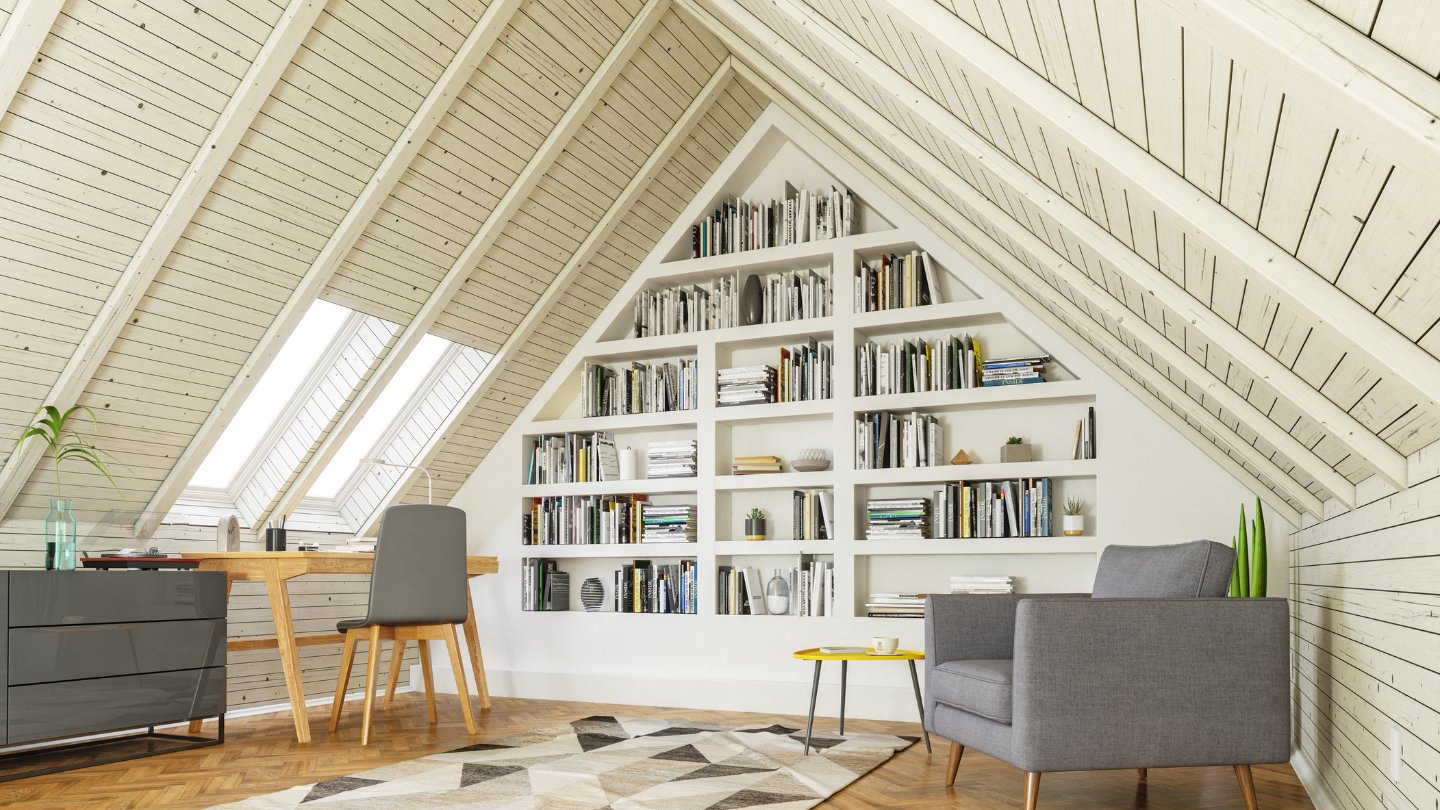
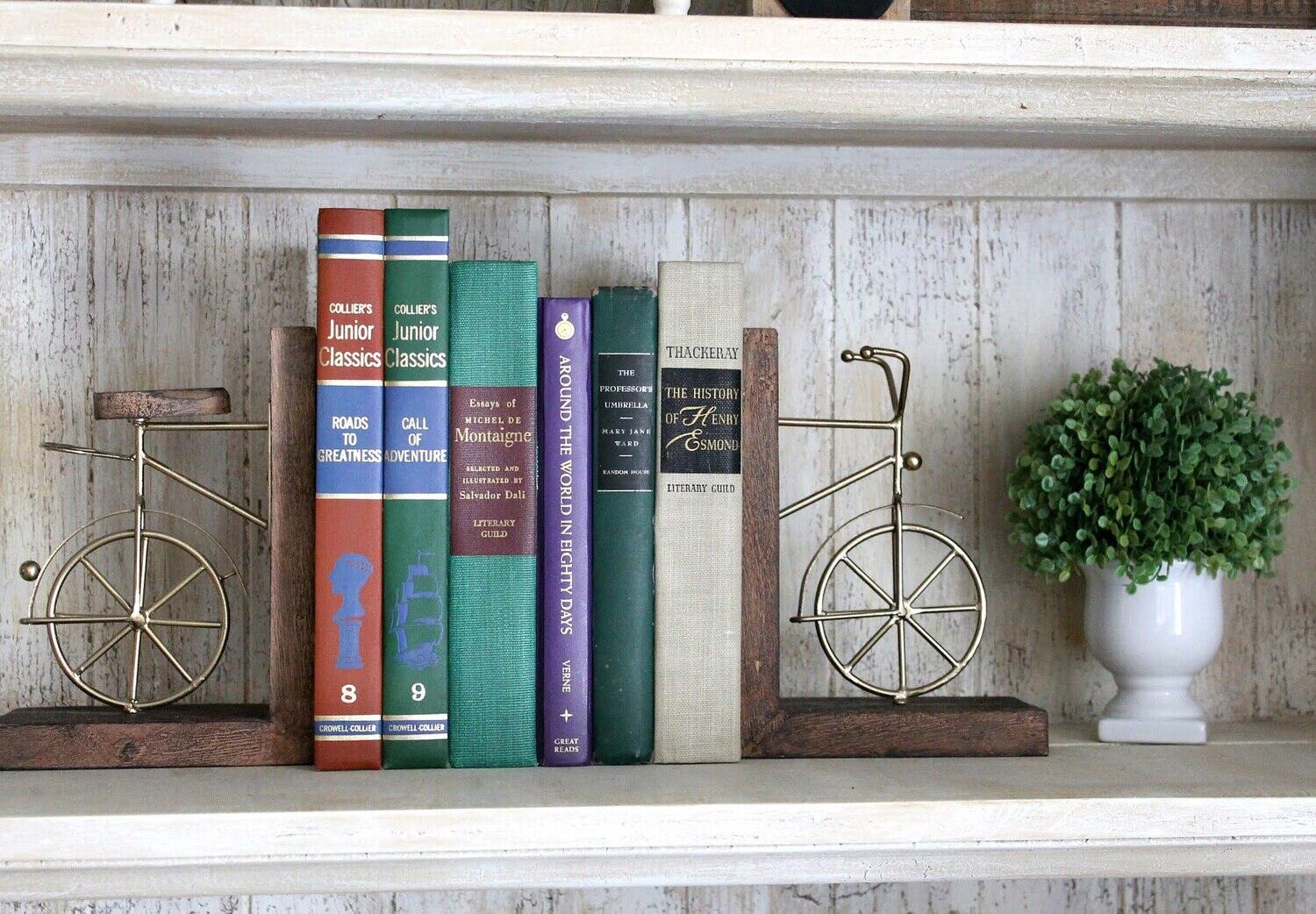

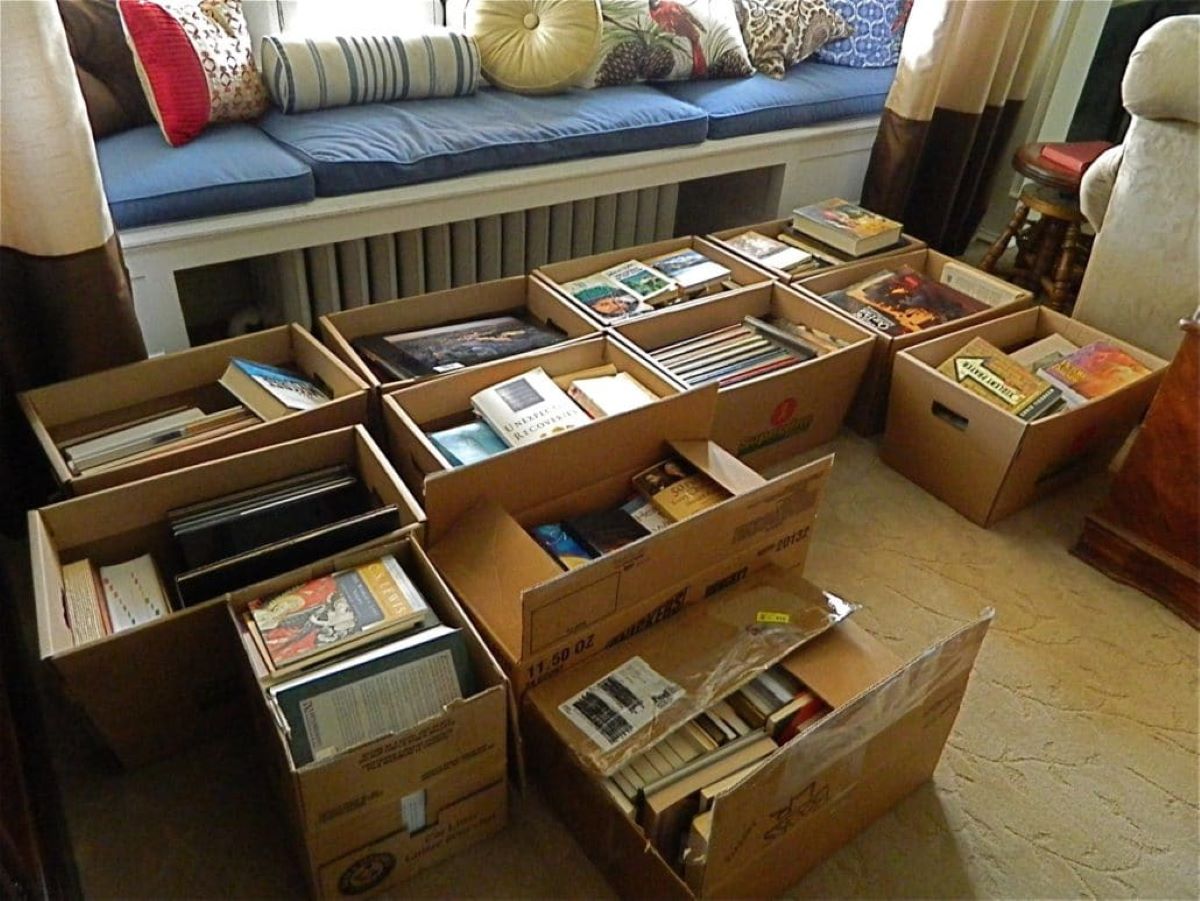
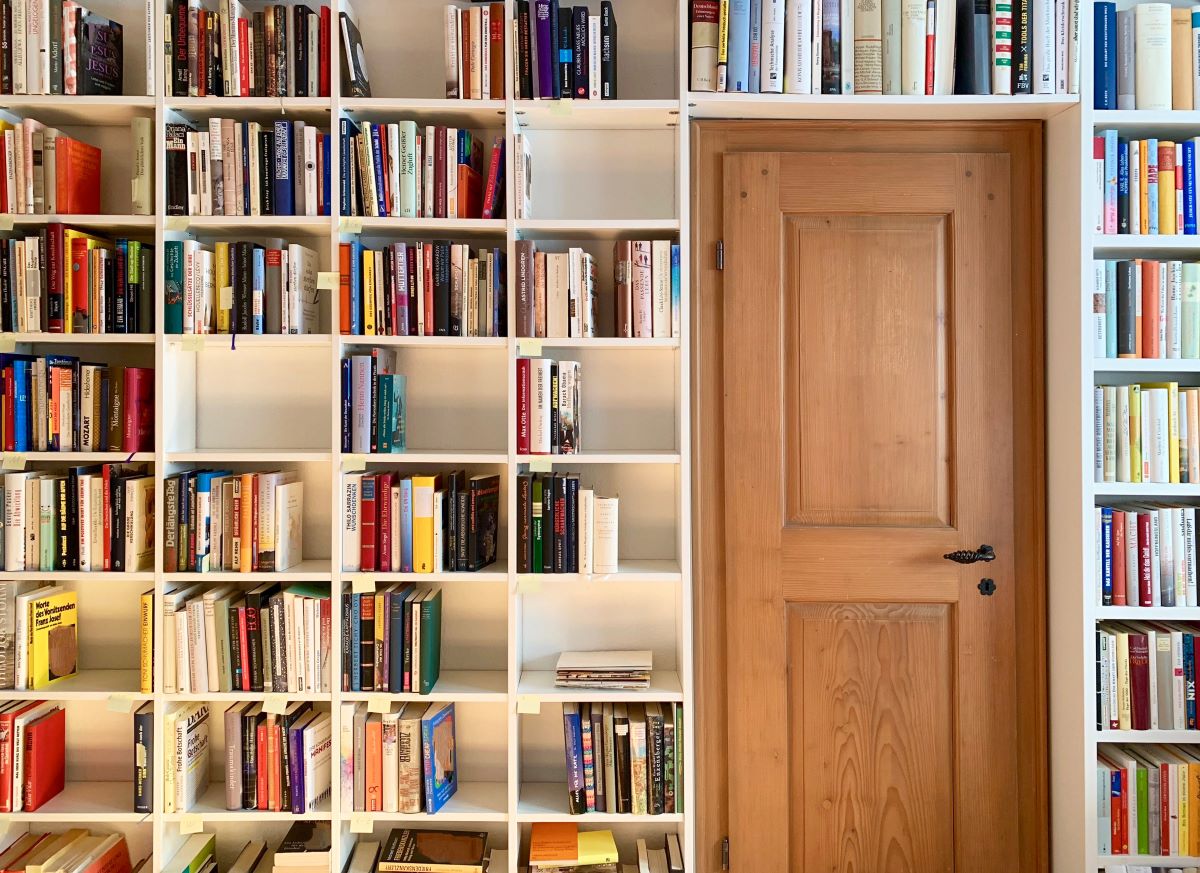
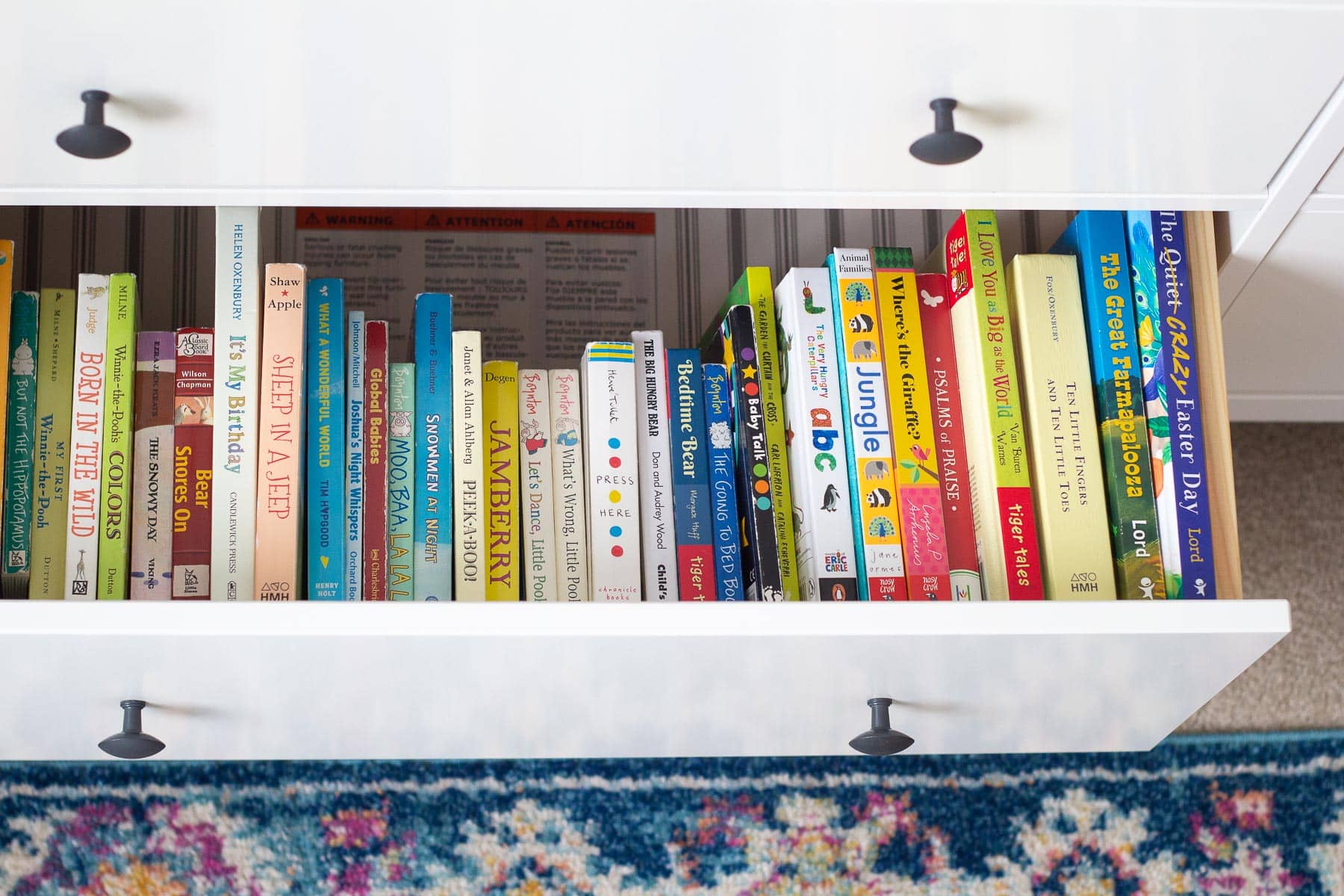
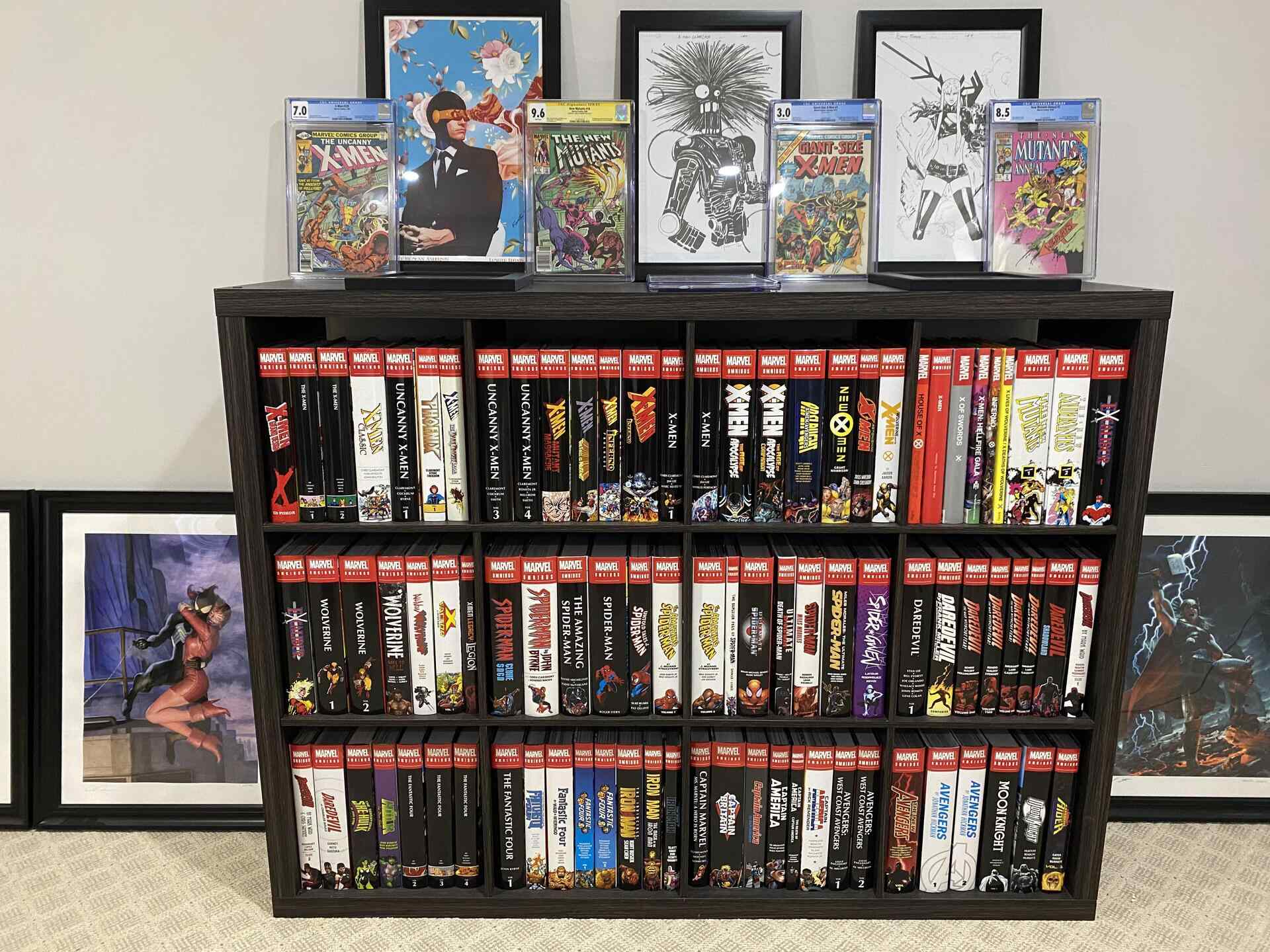

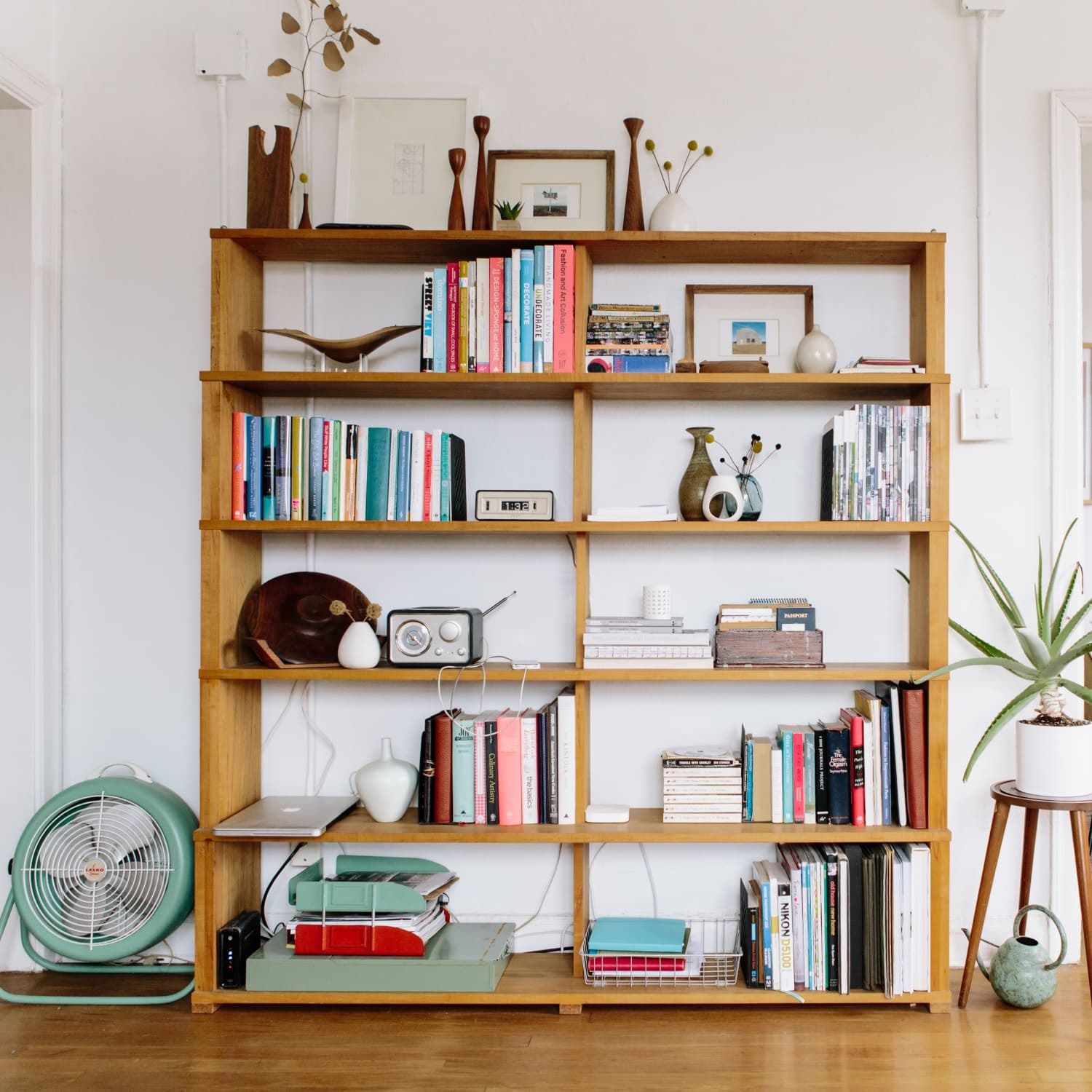
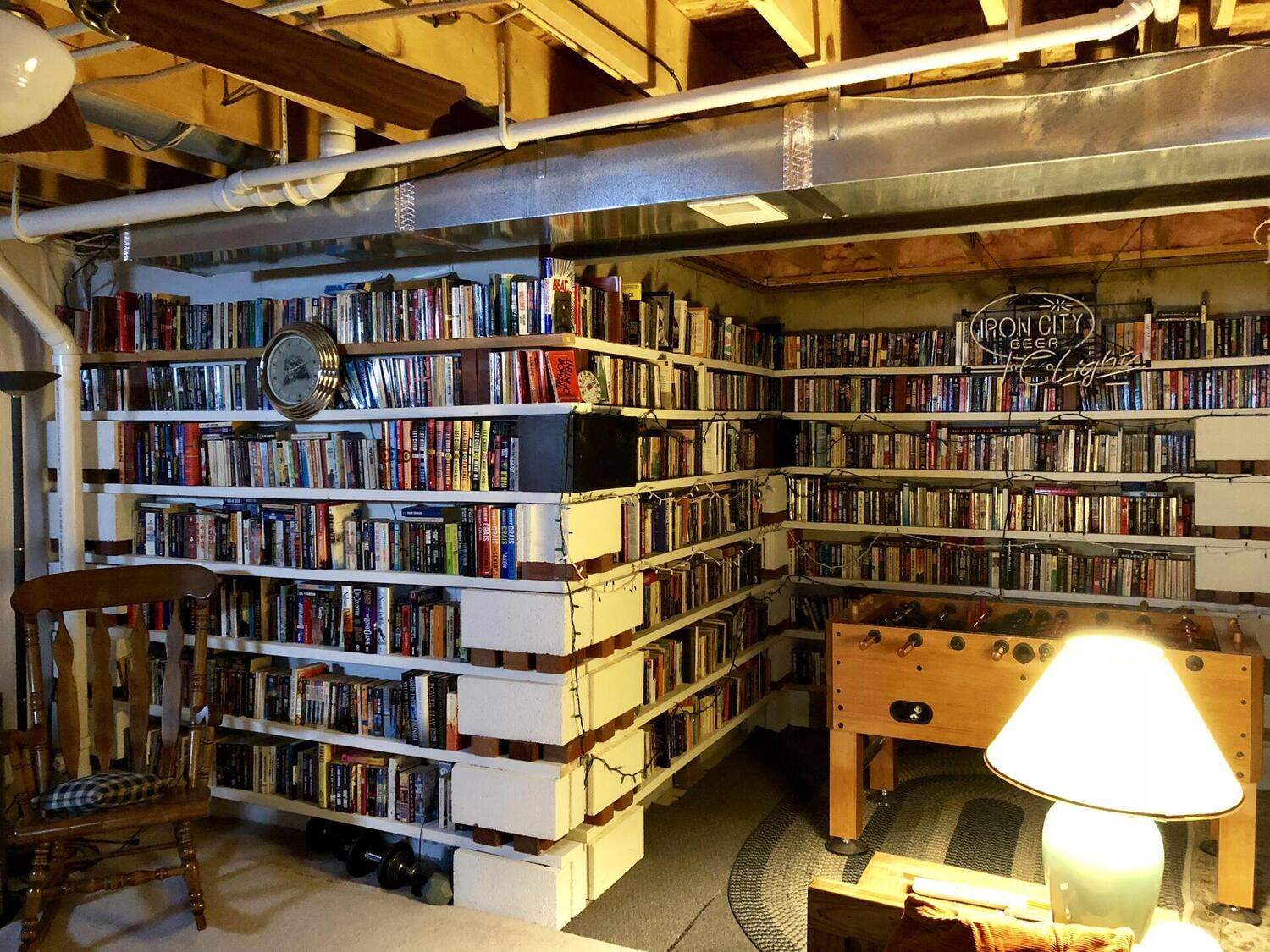


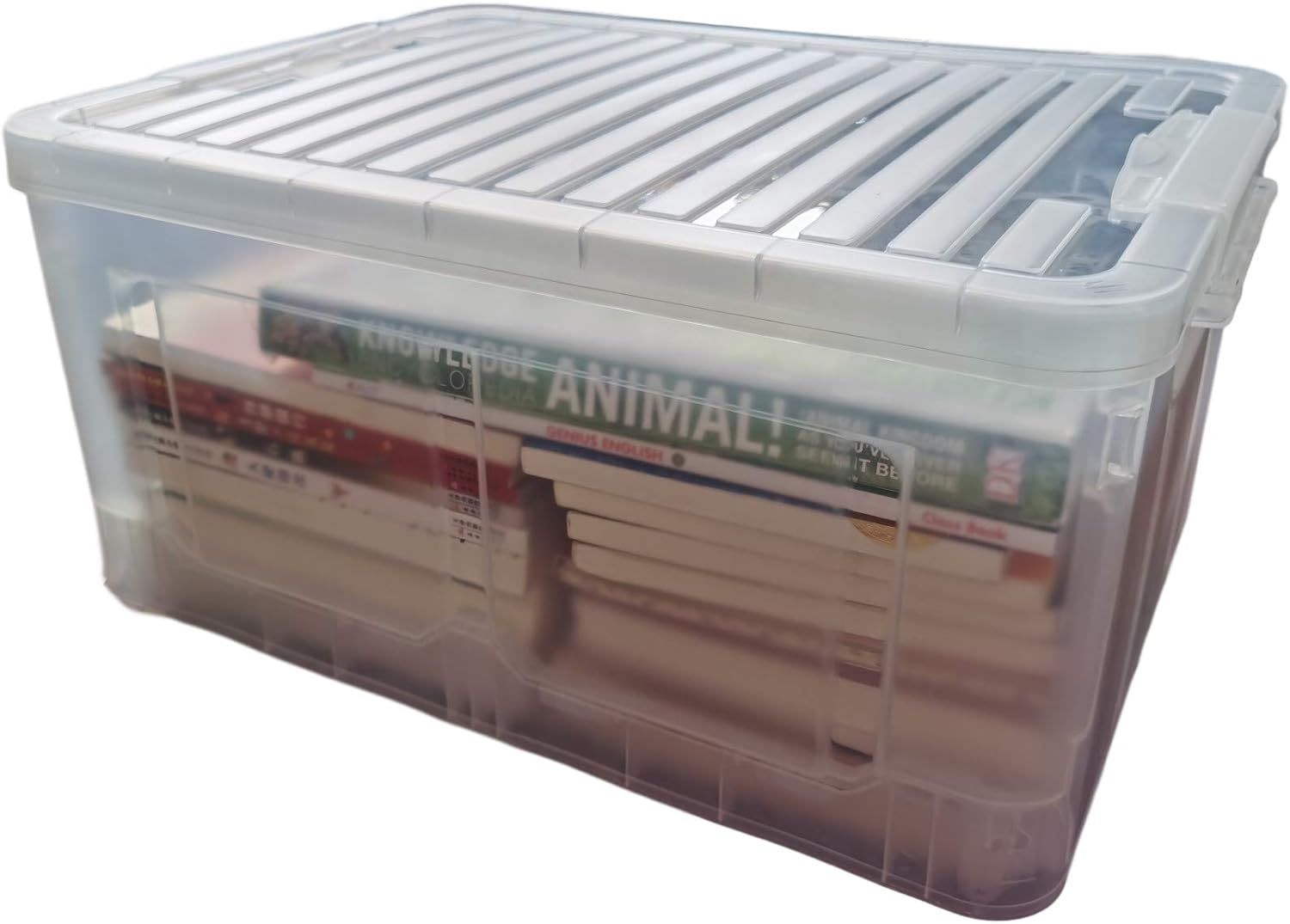

0 thoughts on “How To Store Books In A Small Space”